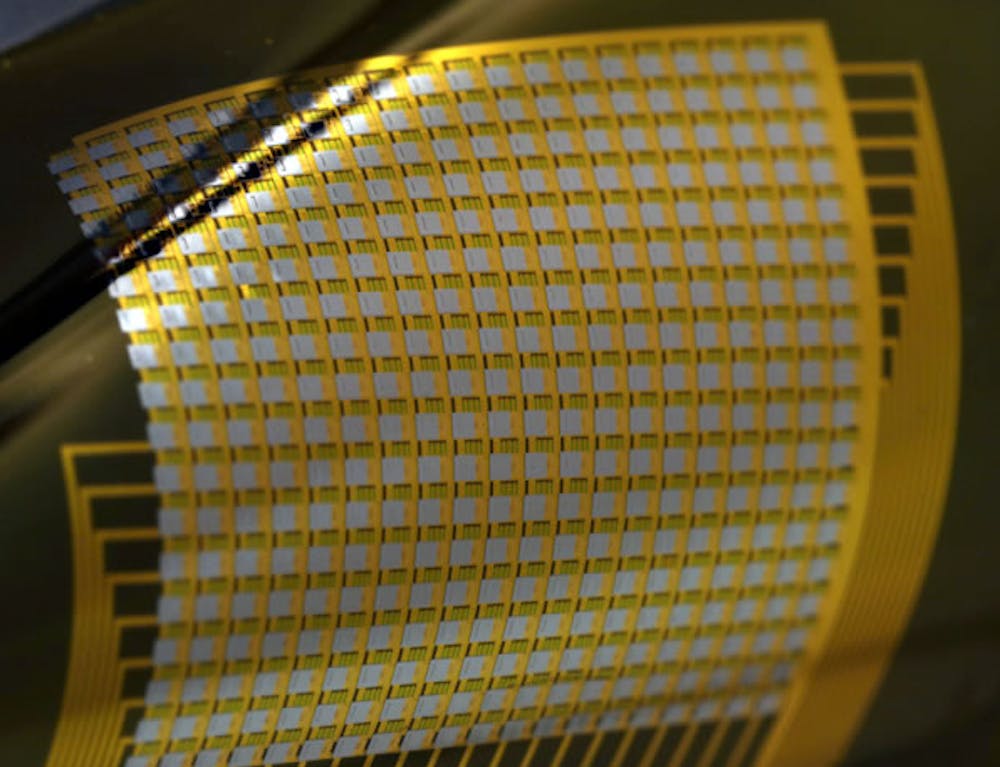Insane In The Mem-Brain Science

November 15, 2011 at 7:38 pm
Penetration isn't always a good thing. Take electrodes, for example--neuroscientists have been surgically implanting electrodes into mice and rats to study their inner brain activity for decades. While the procedure is considered widely acceptable for small rodents, the idea of having sharp things jabbed inside your own brain just to, like, save lives or whatever, may not be so pleasant.
Here's where Dr. Brian Litt, M.D. (and professor of Neurology) comes in. He and his team of researchers at the Perelman School of Medicine have come up with a way to study inner brain activity without going all Dr. Frankenstein on us. Check out a full description (plus pics!) of the device after the jump.
The device, as of yet unnamed, is designed to study brain activity at resolutions that were previously unattainable with traditional electrodes. Basically, this means that scientists can start researching in humans what they've been studying in animals for years. It's kind of a big deal.
Pictured above is an up-close and personal view of the device--it's made of 720 silicon nanomembrane transistors and is as foldable as your dirty laundry. This means that it can not only be placed non-invasively on your head, but also inside specific regions of your brain. Below is the device bent in half, showing how it can flexibly mold to your noggin like a cute little brain glove. Aw. According to Litt,Using this device, we can explore the brain networks underlying normal function and disease with much more precision, and it's likely to change our understanding of memory, vision, hearing and many other normal functions and diseases.You don't have to be a science major to appreciate how freaking cool this is. Who knows--maybe this little gadget will help discover the be-all and end-all hangover cure!